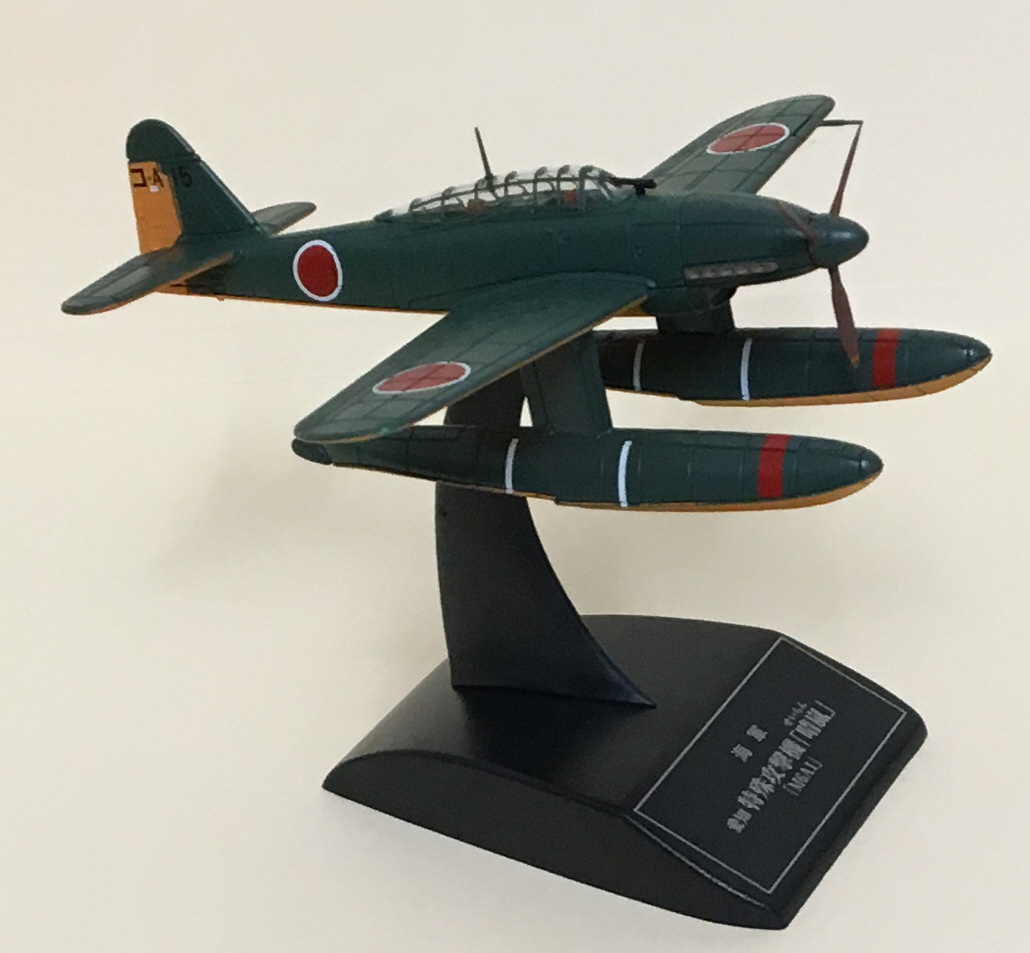FACTOIDS & TRIVIA
Introduced in 1945, the Aichi M6A1 Seiran was deployed for use by the
Imperial Japanese Navy as a "foldable" floatplane to be stored in and
launched from submarines. The idea was to bring the aircraft near
a target via the submarine so as to be undetected. Then the plane would
deployed, unfolded and launched to attack the target, then land near
the submarine, folded and put back in the sub's trunk (or boot if
you prefer UKenglish). The master plan was to attack the locks of the
Panama Canal to disrupt Allied supply lines to the Pacific, but that
plan was changed to an attack on the American base at Ulithi Atoll
(FYI, my dad fought in the battle at Ulithi). As the submarines made
their way to Ulithi, the war ended and the attack subs were recalled.
So, the Seiran never saw combat and we'll never know if the ninja plane
idea would have worked. Aichi built
a total of 28 M6A1 aircraft and the only surviving example is the Smithsonian Air and Space Museum's Udvar-Hazy Center in Chantilly, Virginia.
AICHI M6A1 Seiran

Class: Dive Bomber/Torpedo Bomber
Crew: 2
Engine: Aichi AE1P inverted V-12 (1,400 hp)
Max Speed: 295
mph at 17,060 ft
Climb Rate: 1,712
ft/min
Service Ceiling:
32,500 ft
Range: 738 miles
Armament: 1 x .50 inch machine
gun
2 x 551 lb bomb or torpedo
Model Scale:
1:100
Back
to the Japanese
Combat Aircraft of WWII
Menu

